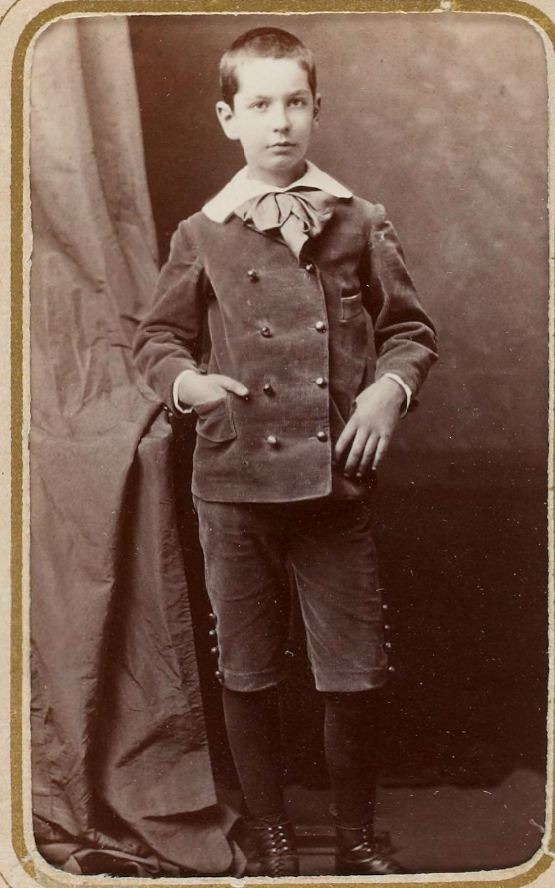Naturally I am obsessed with the fate of Manet& #39;s Chez Tortoni in Netflix& #39;s This Is a Robbery: The World& #39;s Biggest Art Heist.
Being me, though, I& #39;m nearly as curious about who the "unknown" model is. I have some ideas! https://abs.twimg.com/emoji/v2/... draggable="false" alt="🎨" title="Farbpalette" aria-label="Emoji: Farbpalette">
https://abs.twimg.com/emoji/v2/... draggable="false" alt="🎨" title="Farbpalette" aria-label="Emoji: Farbpalette"> https://abs.twimg.com/emoji/v2/... draggable="false" alt="💡" title="Elektrische Glühbirne" aria-label="Emoji: Elektrische Glühbirne">
https://abs.twimg.com/emoji/v2/... draggable="false" alt="💡" title="Elektrische Glühbirne" aria-label="Emoji: Elektrische Glühbirne">
Being me, though, I& #39;m nearly as curious about who the "unknown" model is. I have some ideas!
(Not sure who& #39;ll be into this, but this stuff is very much my jam so here goes...)
Manet painted the work now known as "Chez Tortoni" around 1875-78, when he was in his 40s.
"Chez Tortoni" refers to the setting being at Café Tortoni, a popular café on the leafy Boulevard des Italiens, near the Paris Opera House (that& #39;s it under the awning on the corner.)
"Chez Tortoni" refers to the setting being at Café Tortoni, a popular café on the leafy Boulevard des Italiens, near the Paris Opera House (that& #39;s it under the awning on the corner.)
Café Tortoni billed itself as an "establishment of luxury where all were welcome," and was popular among politicians, novelists, artists, and stylish fallen women for nearly the entire 19th century. (below: illustrations depicting the Café Tortoni terrace in the 1870s and 1840s)
Basically, Café Tortoni was a really famous place in the center of Parisian cultural life, and it shows up in many images throughout the 19th century, from drawings to painting to photographs.
Café Tortoni closed at the end of the 19th century, and is no longer there. There& #39;s a coffee bar café inside a perfume shop in the Marais that has the same name, but they& #39;re not related.
However, some French art historians disagree on this particular painting& #39;s setting!
However, some French art historians disagree on this particular painting& #39;s setting!
In a catalogue raisonné of Manet& #39;s work published in 1932 by Paul Jamot and Georges Wildenstein, they identified the man in the painting, bought by Isabella Stewart Gardner in 1922 for $3,400, as the artist Georges Chenard-Huché, at Chez Tortoni.
The only problem with this ID, as pointed out by the Manet biographer Adolphe Tabarant, is that the artist Chenard-Huché was born in 1864, and therefore only 11 years old when "Chez Tortoni" was supposed to have been painted.
This ID by Jamot and Wildenstein, as well as the correction by Tabarant in 1947, may be why the Gardner museum both uses the title Chez Tortoni, and suggests that it *may* have been *owned* by Chenard-Huché, leading to the false idea that it depicted him. https://www.gardnermuseum.org/experience/collection/10735">https://www.gardnermuseum.org/experienc...
When Gardner bought the painting in 1922, it was the only Manet for sale in Kélékian& #39;s catalogue, and was called simply & #39;Chez Tortoni.& #39; No model ID.
(full document here: https://gallica.bnf.fr/ark:/12148/bpt6k6262131v)">https://gallica.bnf.fr/ark:/1214...
(full document here: https://gallica.bnf.fr/ark:/12148/bpt6k6262131v)">https://gallica.bnf.fr/ark:/1214...
In a 1922 arts bulletin, a round-up of recent painting sales mentions the acquisition of a Manet called & #39;Chez Tortoni.& #39; It further notes that the painting—which is not signed—had also not been catalogued by Manet biographer Duret. So, an unsigned Manet, with an uncertain origin?
Tabarant (who picked up that it couldn& #39;t be a painter born in 1864) wrote that the painting& #39;s real title was actually & #39;The Journalist,& #39; and that it isn& #39;t set at Café Tortoni at all, but rather at the famous Manet hang-out on Place Pigalle, the Café Nouvelle Athènes (pictured).
Tabarant cites painter and art collector/historian Étienne Moreau-Nélaton (1), who allegedly gave a photo of Chez Tortoni/Le Journaliste to the national library of France, along with an exhaustive handwritten catalogue of *all* Manet& #39;s work (2-4).
(I can& #39;t find that photo)
(I can& #39;t find that photo)
So, instead of a painter at the posh Café Tortoni, we may instead be looking for a journalist hanging out at the bohemian Café Nouvelle Athènes, where Manet presided over a weekly meetup of artists and writers. (below, the café as painted by Degas, Forain, and Zandomeneghi)
Let& #39;s look at the painting again. What do you see?
Is he sitting inside a darkened café, with the afternoon light filtering in, perhaps through a curtain?
Or is he sitting outside on a café terrace at night, with the light of the café interior spilling out onto his table?
Is he sitting inside a darkened café, with the afternoon light filtering in, perhaps through a curtain?
Or is he sitting outside on a café terrace at night, with the light of the café interior spilling out onto his table?
I can really see it both ways—a café exterior at night, or a café interior in the late afternoon before the lights have been turned on. It& #39;s part of what makes it so compelling, this duality, even for such a small piece.
But back to my original query: who is it?
But back to my original query: who is it?
One important thing to know when trying to identify the sitters in Manet& #39;s works is that he rarely painted people he didn& #39;t know.
Sure, sometimes he painted young women whom he wanted to get to know better, but often he stuck to family, friends, and a few favorite models.
Sure, sometimes he painted young women whom he wanted to get to know better, but often he stuck to family, friends, and a few favorite models.
The man in the painting IS (imho) writing, not drawing. But of the journalists and writers whom Manet knew in the 1870s, who could it be? Not beardy Duranty, Zola, Astruc, or Moore.
So here& #39;s theory #1:
He& #39;s not a real "journalist" at all, and may never have been intended as such. The sitter is Léon Leenhoff, Manet& #39;s son, who would have been in his early-mid 20s at the time it was painted.
(below, Léon as a little boy, adolescent, and teenager)
He& #39;s not a real "journalist" at all, and may never have been intended as such. The sitter is Léon Leenhoff, Manet& #39;s son, who would have been in his early-mid 20s at the time it was painted.
(below, Léon as a little boy, adolescent, and teenager)
This is just one idea, but with Manet it& #39;s worth it to start as close to home as possible and then work outwards from there.
to be continued with some more ideas...
Sidebar: first known owner of Chez Tortoni, Alphonse Kann, was born into a Viennese Jewish family & grew up in Paris, the childhood friend of Marcel Proust, who partially based Charles Swann on him. A "confirmed bachelor," he lived with his "companion" Peter Pitt-Millward, below:
Kann sold many impressionist & old masters works in the 1920s, including Chez Tortoni, to free up funds to collect modern art. Horribly, his collection was later stolen by the Nazis in France in 1940 (he fled to England in 1938.) He died in & #39;48, with only a few works recovered.
Back to & #39;Chez Tortoni,& #39; also called & #39;The Journalist.& #39;
Neither Kann, Kélékian, nor Jamot & Wildenstein give any evidence as to why it supposedly represents Chez Tortoni.
But Tabarant doesn& #39;t say why he thinks the painting actually represents Café Nouvelle Athènes, either!
Neither Kann, Kélékian, nor Jamot & Wildenstein give any evidence as to why it supposedly represents Chez Tortoni.
But Tabarant doesn& #39;t say why he thinks the painting actually represents Café Nouvelle Athènes, either!
In any case, here& #39;s theory #2:
He& #39;s one of the Stevens brothers: Alfred (1), Joseph (2), or Arthur (3).
Alfred Stevens, a painter, was one of Manet& #39;s best friends, and had an art studio on the same street corner as Chez Tortoni. All three brothers wore top hats and mustaches.
He& #39;s one of the Stevens brothers: Alfred (1), Joseph (2), or Arthur (3).
Alfred Stevens, a painter, was one of Manet& #39;s best friends, and had an art studio on the same street corner as Chez Tortoni. All three brothers wore top hats and mustaches.
There aren& #39;t many images of Joseph or Arthur, which is a shame. Arthur actually *was* a journalist, and one of the first art critics to praise Manet& #39;s work in the early 1860s.
It *could* be Alfred, but I think of him as darker and a bit more robust than our man in Chez Tortoni.
It *could* be Alfred, but I think of him as darker and a bit more robust than our man in Chez Tortoni.
It& #39;d be a fun connection if the painting was at Café Tortoni & showed one of the Stevens brothers. Manet borrowed Alfred& #39;s studio to paint some of his most famous early work (& Stevens painted Manet& #39;s favorite model in that studio, with a Manet in the corner).
But it& #39;s doubtful.
But it& #39;s doubtful.
I suppose it& #39;s not impossible though? Here& #39;s how Manet depicted Stevens in 1873, standing in his own garden off to the right.
I just think the model in Chez Tortoni looks younger, and less confident than the social butterfly and very famous painter at the time Alfred Stevens.
I just think the model in Chez Tortoni looks younger, and less confident than the social butterfly and very famous painter at the time Alfred Stevens.
Manet did paint a portrait of Mallarmé during the same period he painted Chez Tortoni, maybe even in the same year. But while both subjects do have a similar attitude and face shape, Mallarmé& #39;s characteristic mustache isn& #39;t represented in Chez Tortoni. I& #39;m not 100% convinced.
Manet and Mallarmé had something pretty interesting in common—the courtesan Méry Laurent. Manet painted her, and may have had an affair with her, although it was Mallarmé who stayed with her the longest, into their old age (maybe she liked that big mustache, who knows  https://abs.twimg.com/emoji/v2/... draggable="false" alt="😉" title="Zwinkerndes Gesicht" aria-label="Emoji: Zwinkerndes Gesicht">.)
https://abs.twimg.com/emoji/v2/... draggable="false" alt="😉" title="Zwinkerndes Gesicht" aria-label="Emoji: Zwinkerndes Gesicht">.)
We can look around at others in Manet& #39;s circle who could have sat for Chez Tortoni. But the more I look at it, the more I think of poor Léon Koella-Leenhoff, born out of wedlock to a young piano teacher and her student, and then never legitimized, even after his parents married.

 Read on Twitter
Read on Twitter https://abs.twimg.com/emoji/v2/... draggable="false" alt="💡" title="Elektrische Glühbirne" aria-label="Emoji: Elektrische Glühbirne">" title="Naturally I am obsessed with the fate of Manet& #39;s Chez Tortoni in Netflix& #39;s This Is a Robbery: The World& #39;s Biggest Art Heist.Being me, though, I& #39;m nearly as curious about who the "unknown" model is. I have some ideas! https://abs.twimg.com/emoji/v2/... draggable="false" alt="🎨" title="Farbpalette" aria-label="Emoji: Farbpalette">https://abs.twimg.com/emoji/v2/... draggable="false" alt="💡" title="Elektrische Glühbirne" aria-label="Emoji: Elektrische Glühbirne">" class="img-responsive" style="max-width:100%;"/>
https://abs.twimg.com/emoji/v2/... draggable="false" alt="💡" title="Elektrische Glühbirne" aria-label="Emoji: Elektrische Glühbirne">" title="Naturally I am obsessed with the fate of Manet& #39;s Chez Tortoni in Netflix& #39;s This Is a Robbery: The World& #39;s Biggest Art Heist.Being me, though, I& #39;m nearly as curious about who the "unknown" model is. I have some ideas! https://abs.twimg.com/emoji/v2/... draggable="false" alt="🎨" title="Farbpalette" aria-label="Emoji: Farbpalette">https://abs.twimg.com/emoji/v2/... draggable="false" alt="💡" title="Elektrische Glühbirne" aria-label="Emoji: Elektrische Glühbirne">" class="img-responsive" style="max-width:100%;"/>
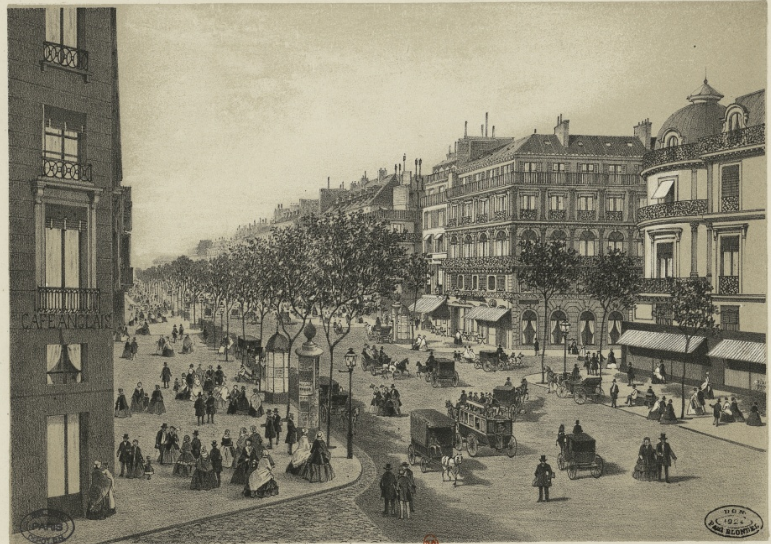
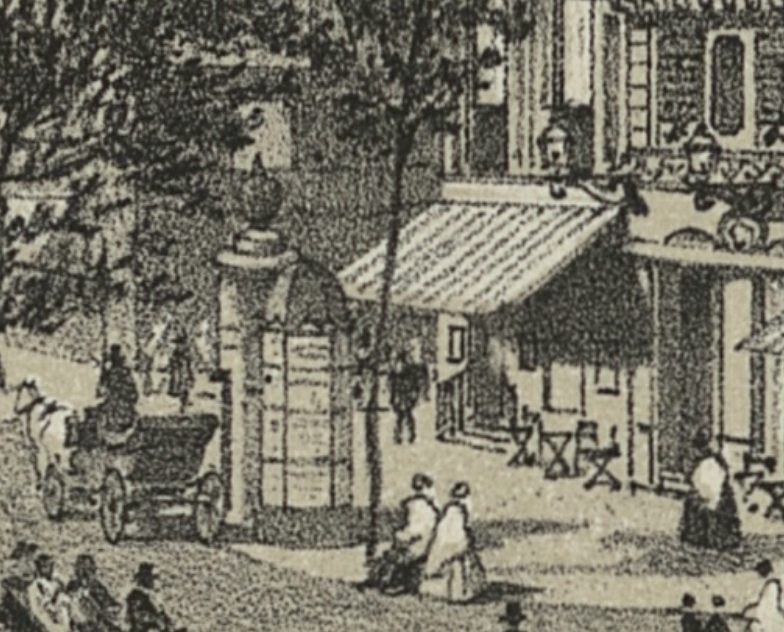





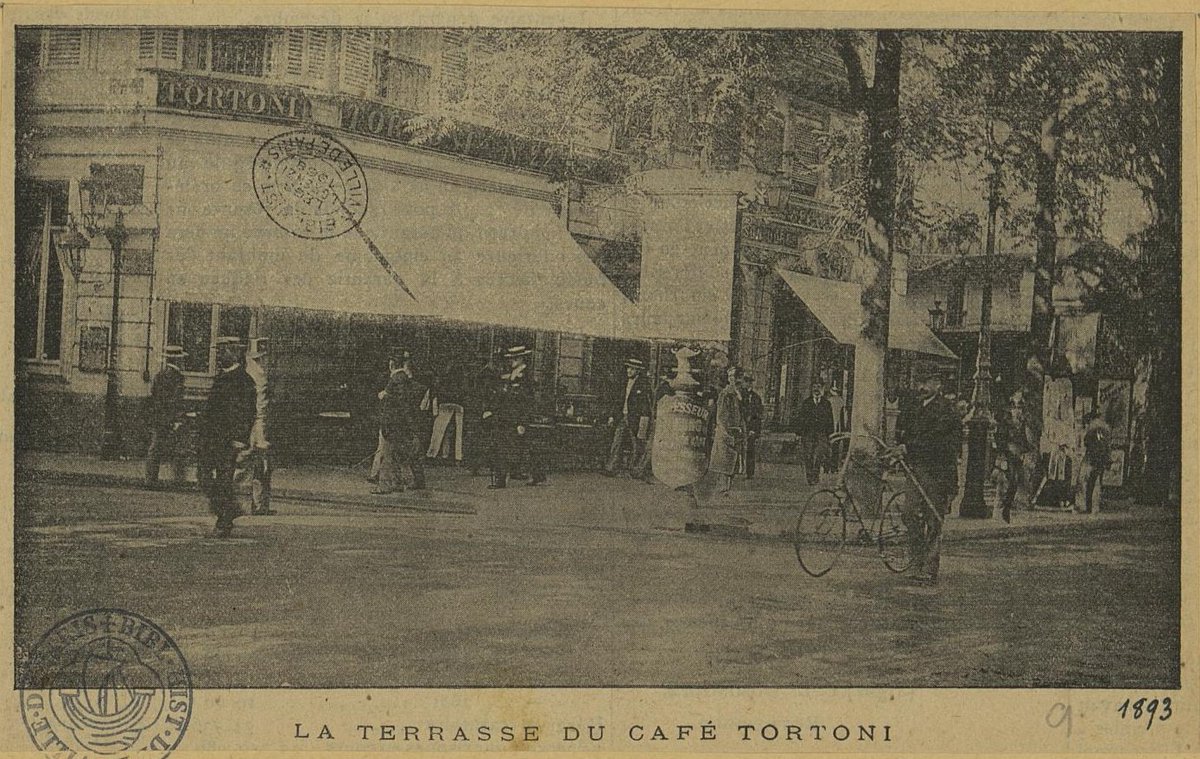

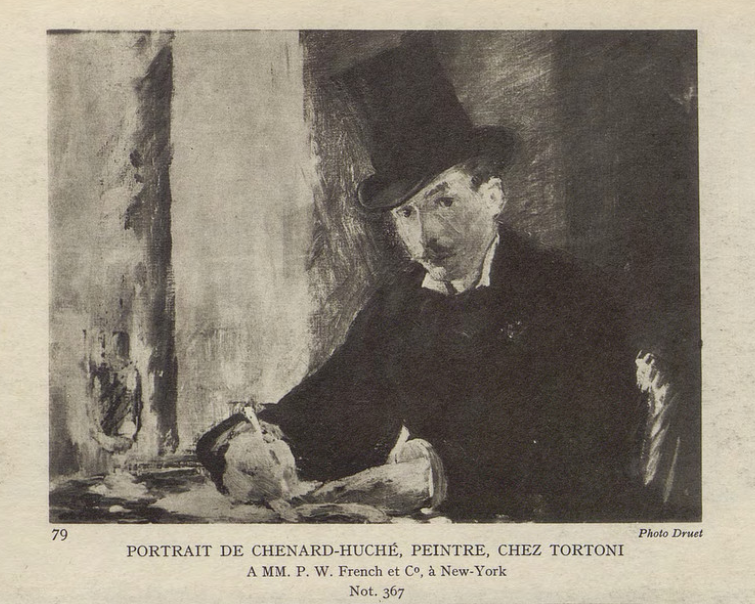

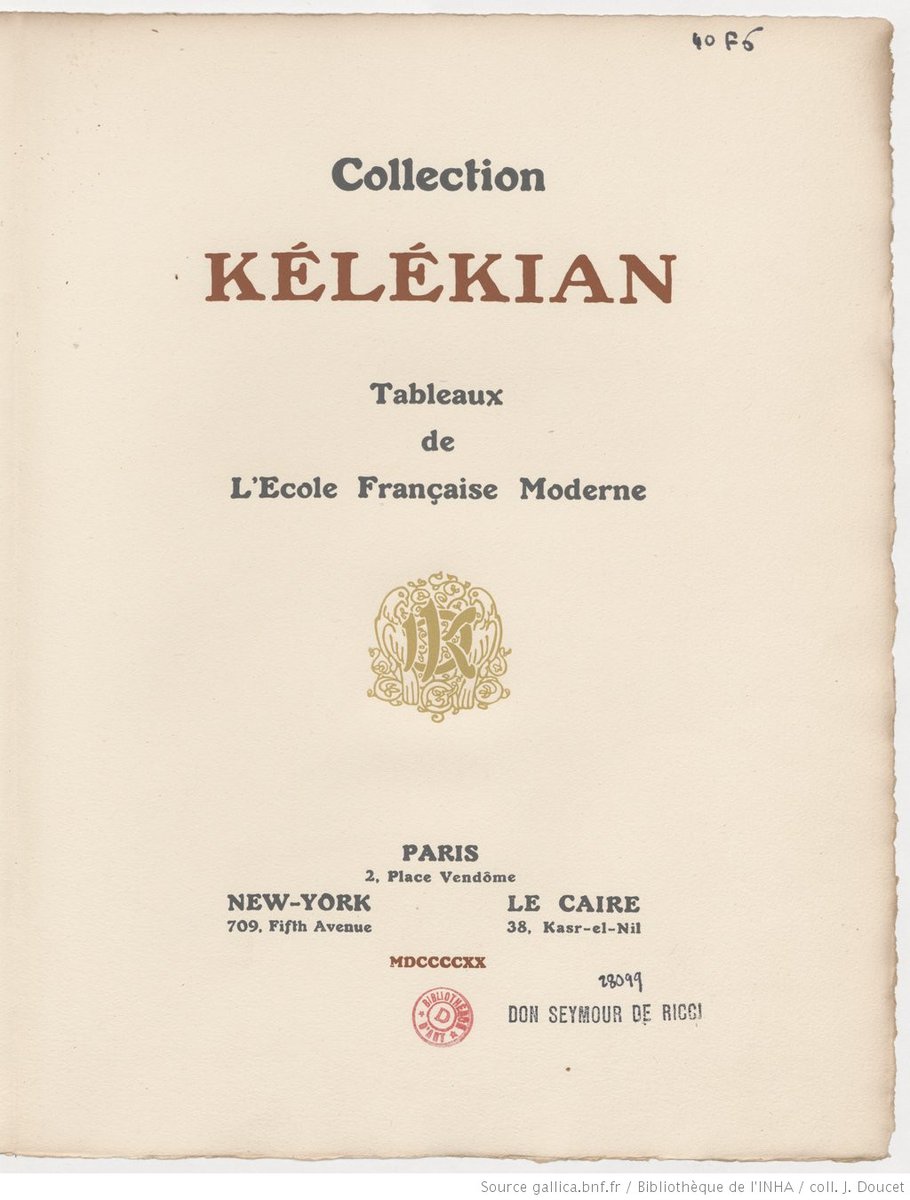
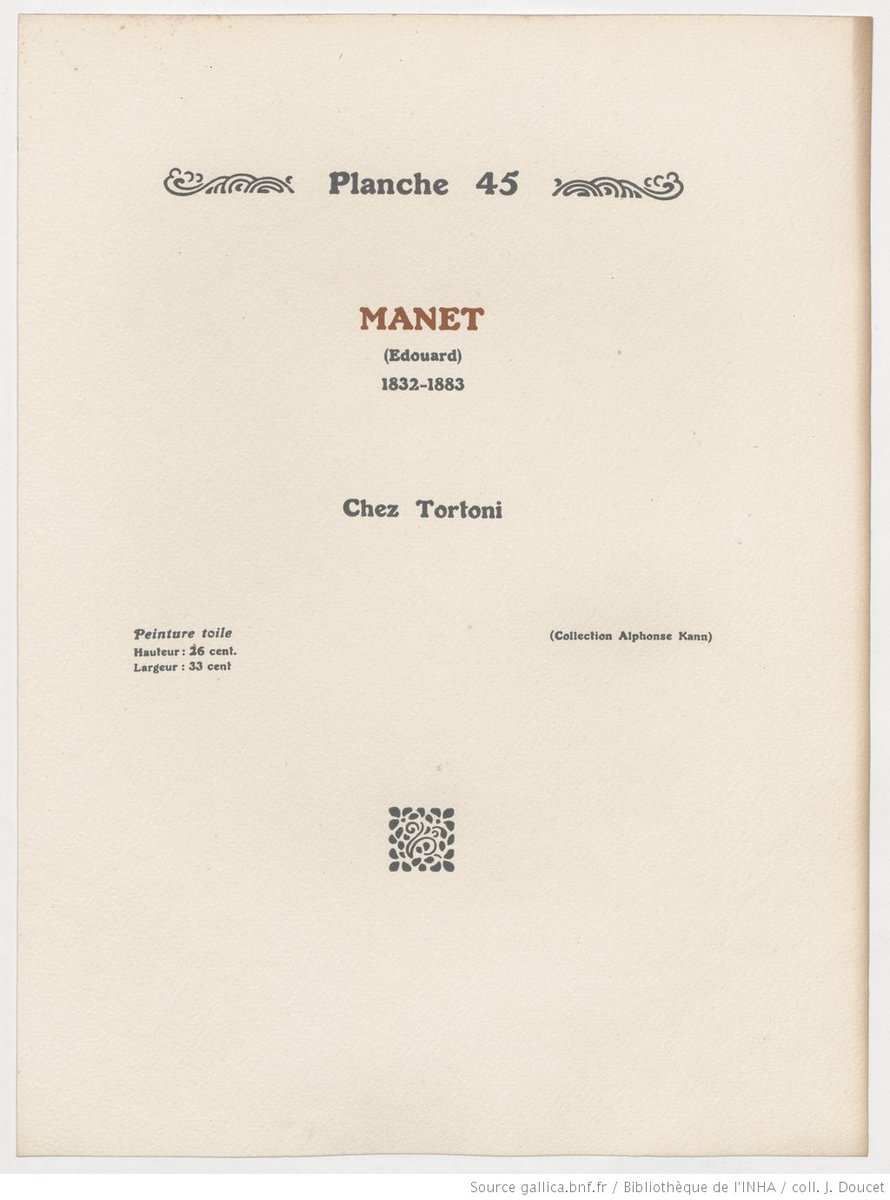
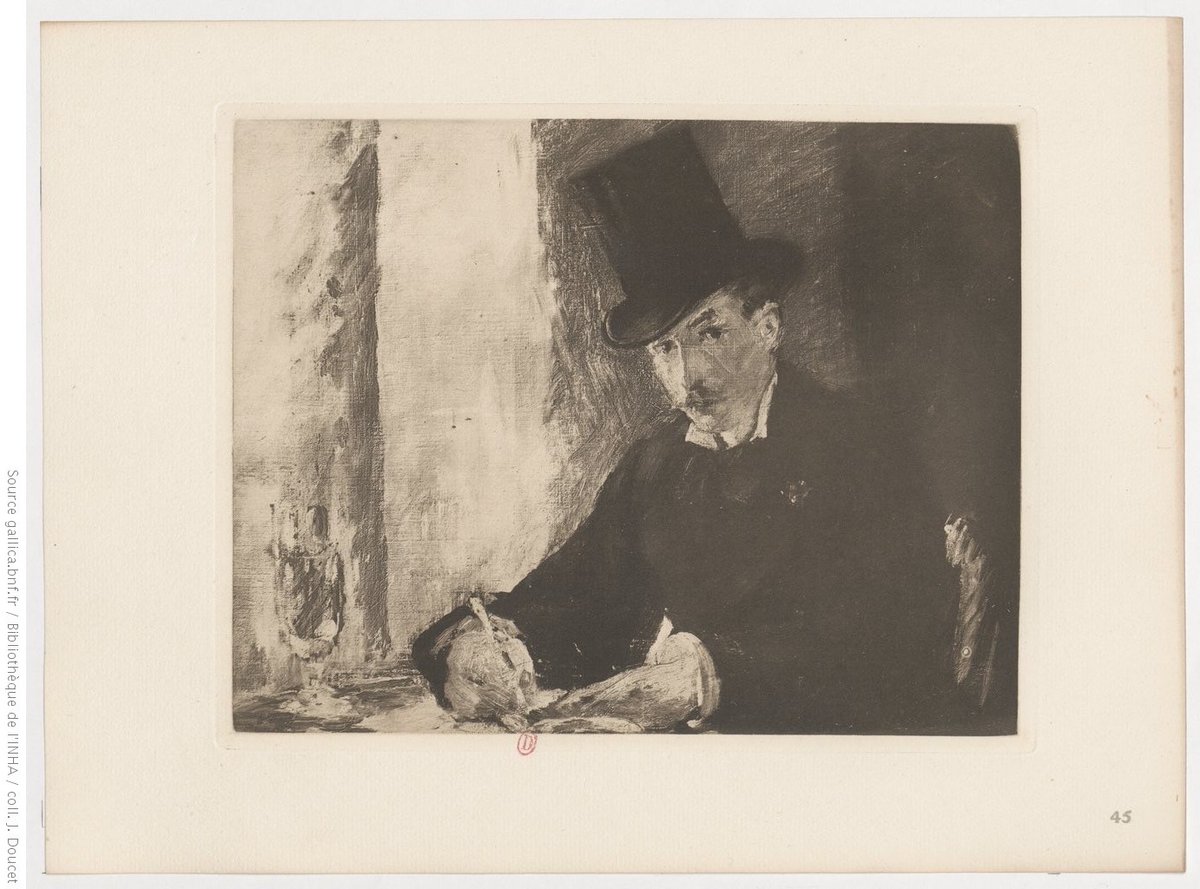
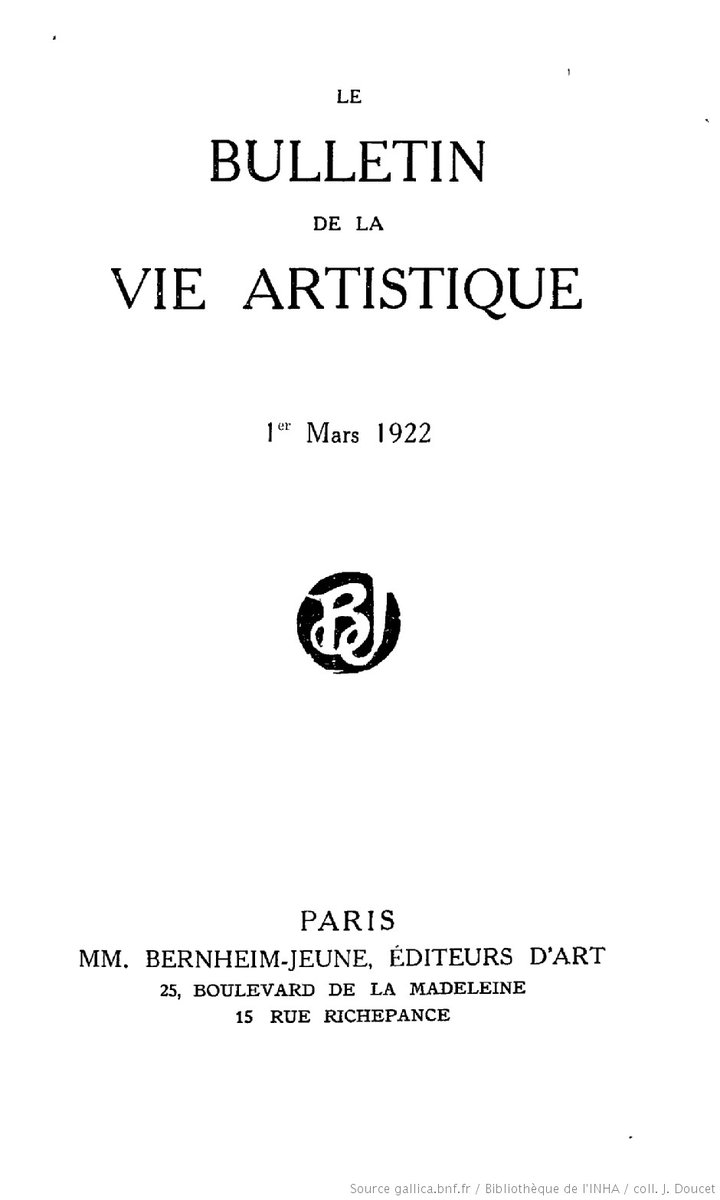

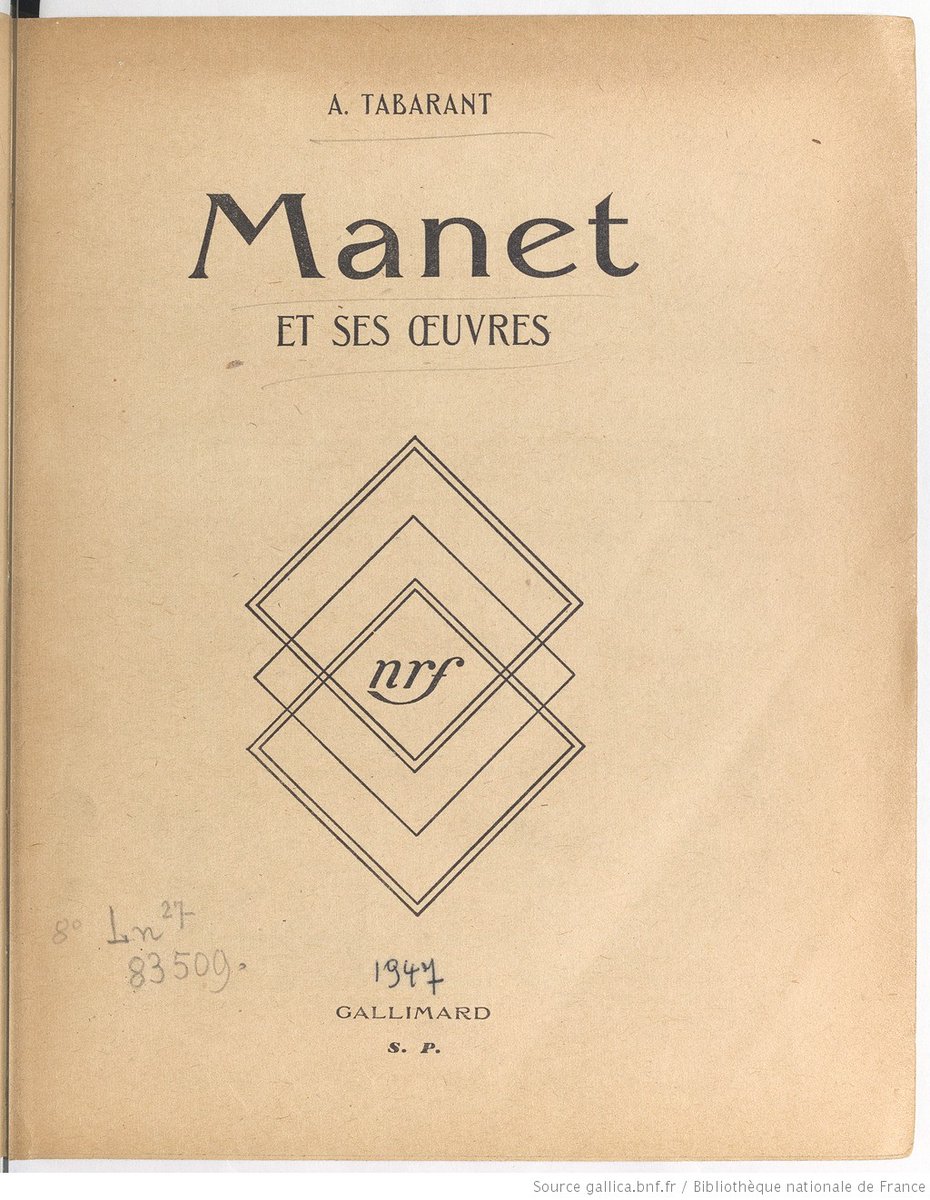





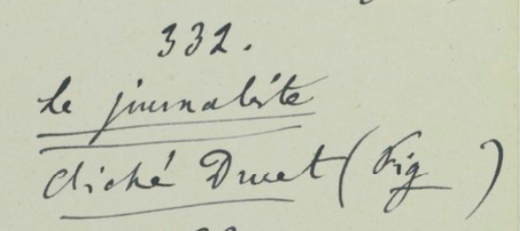


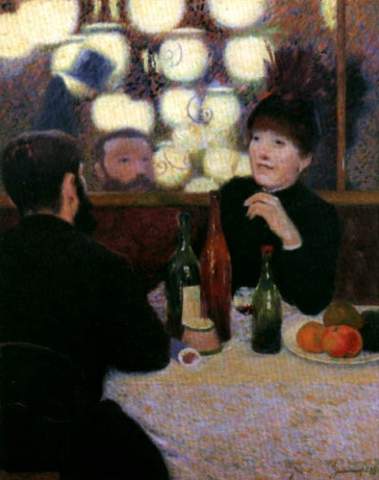
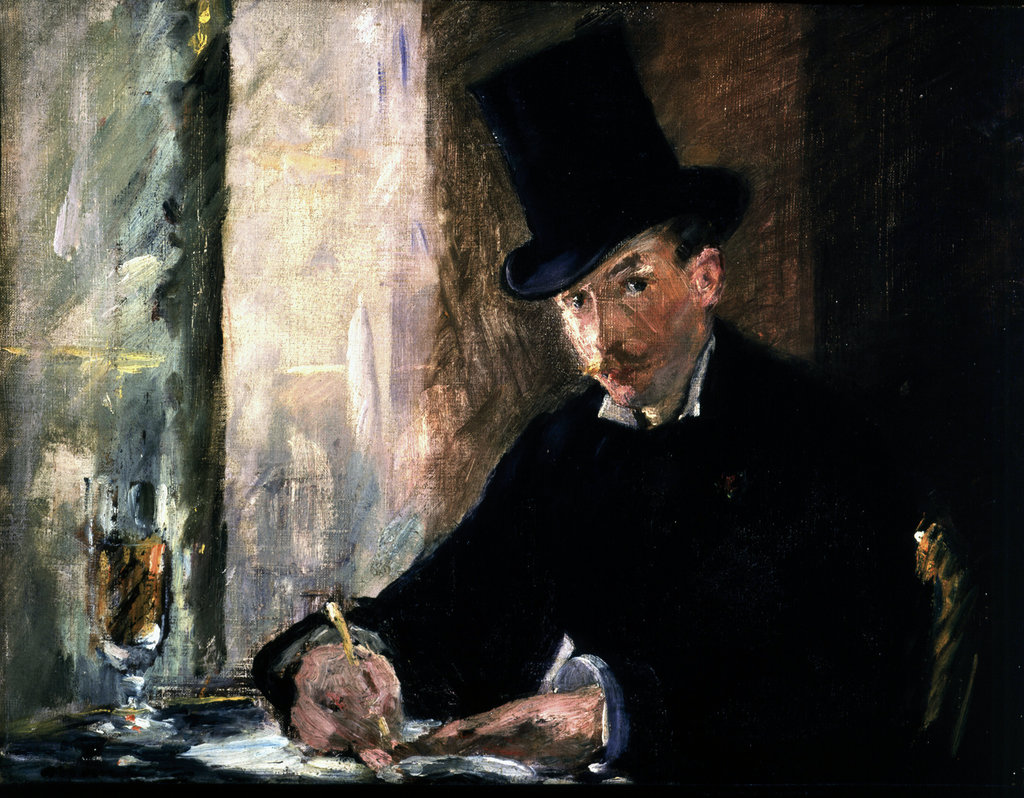
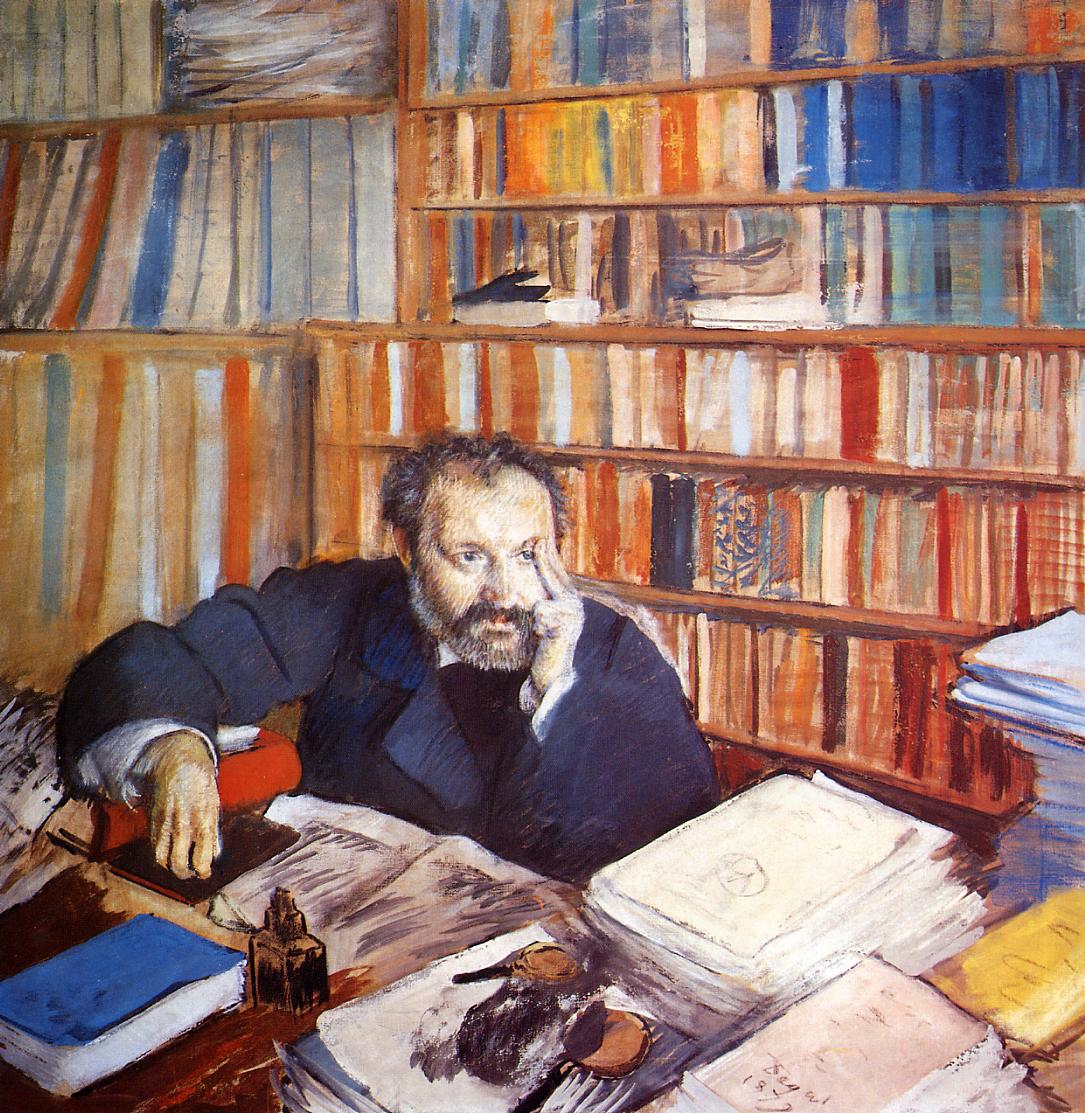

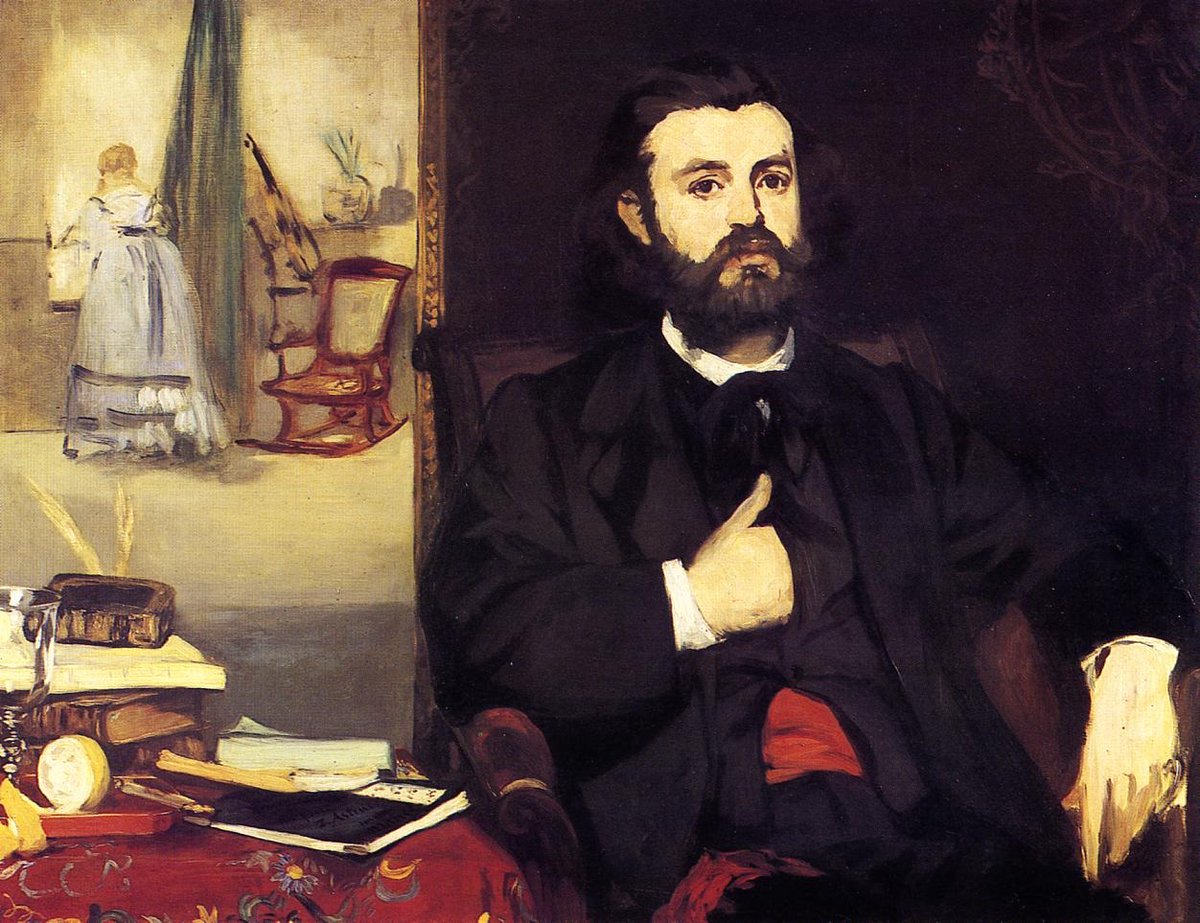

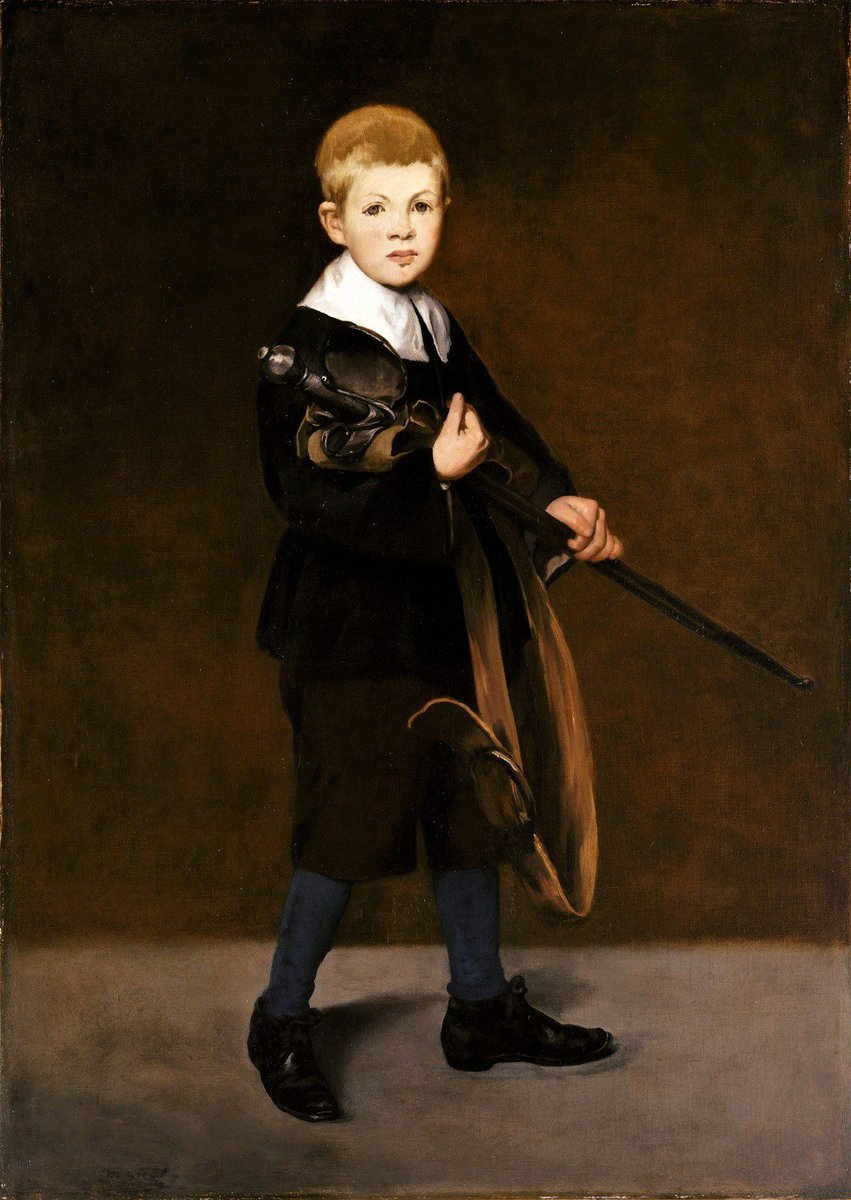
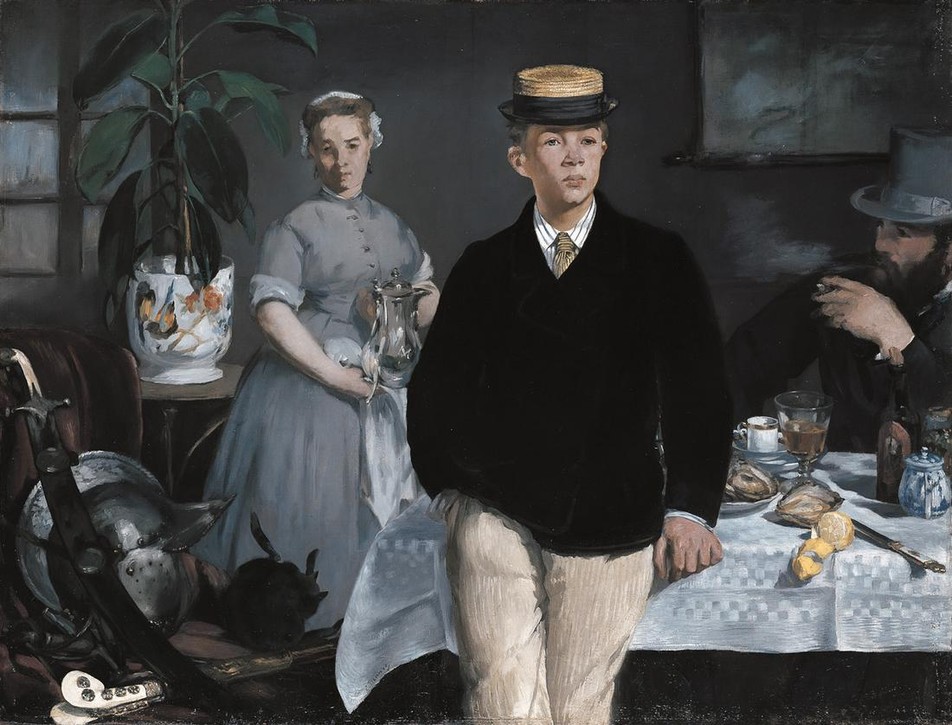
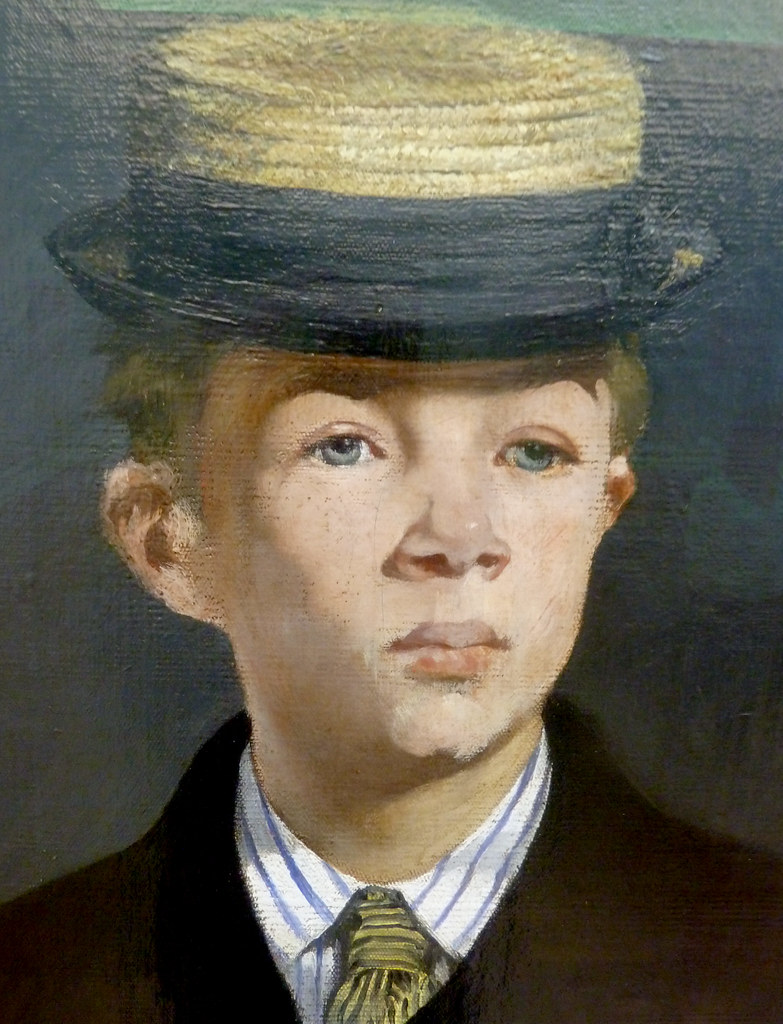
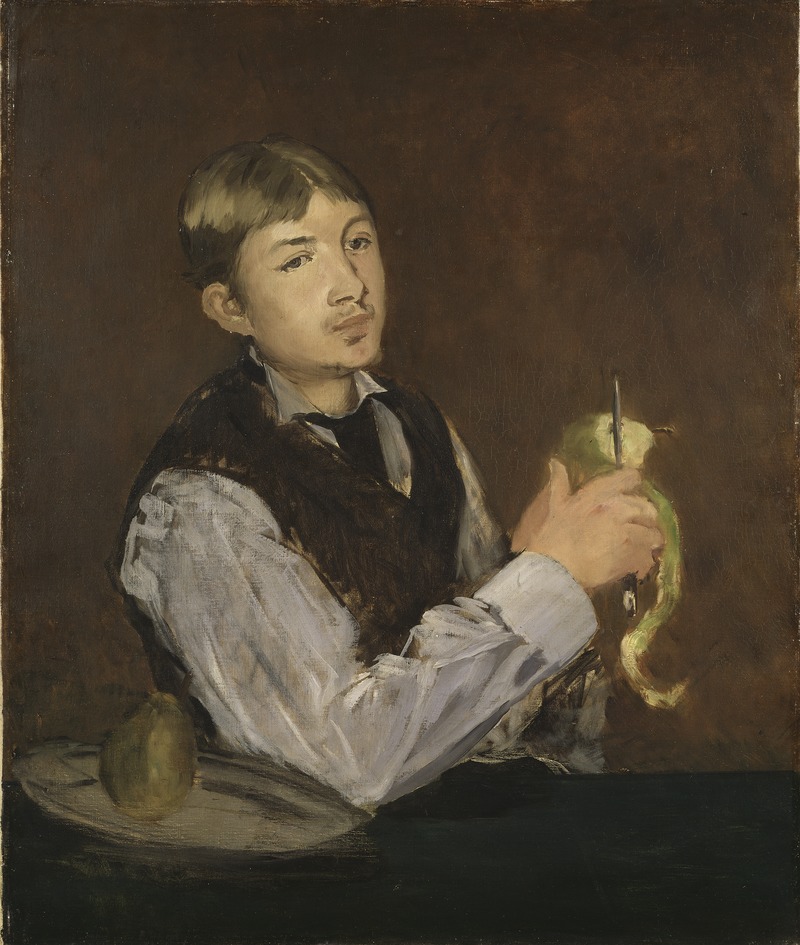
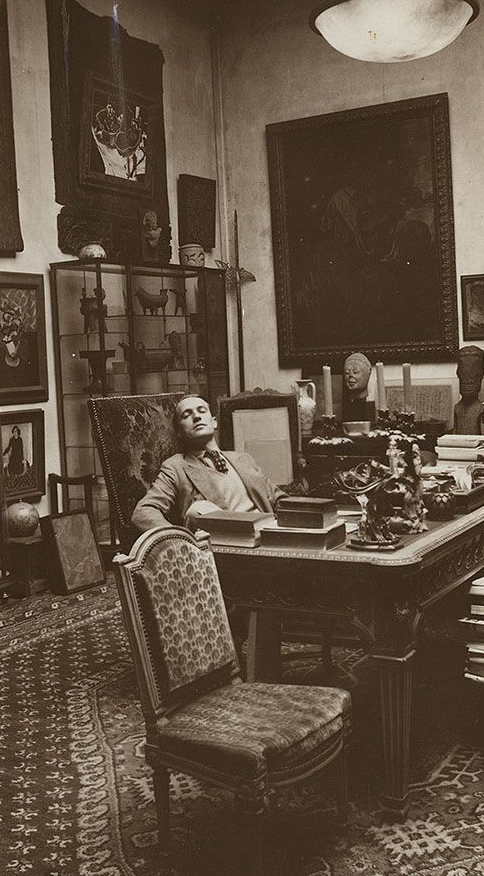
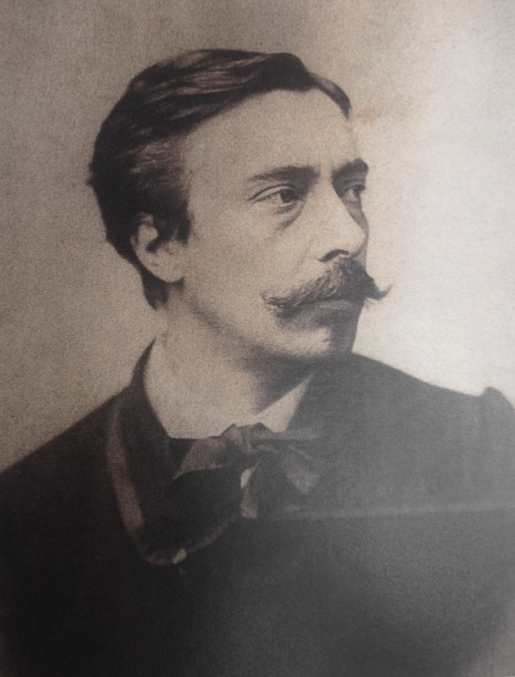
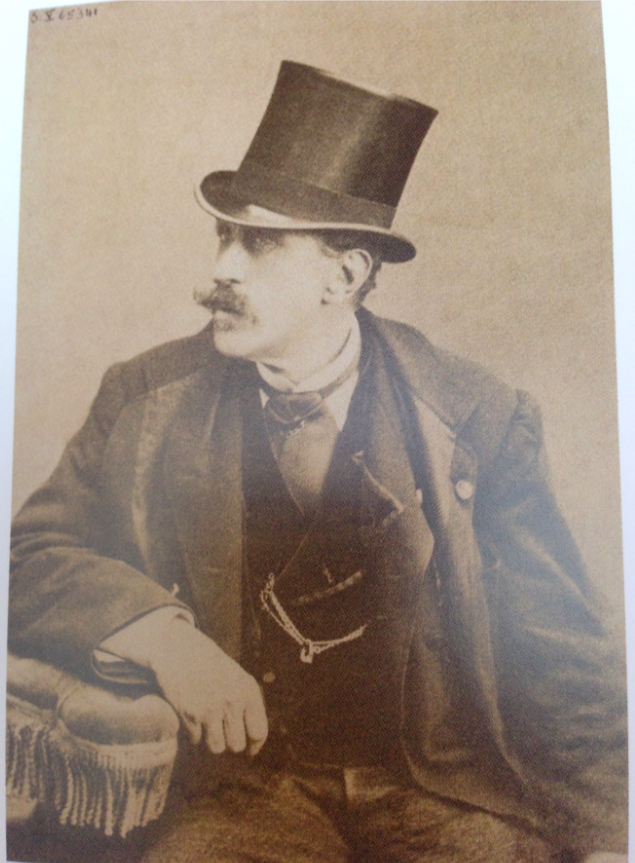


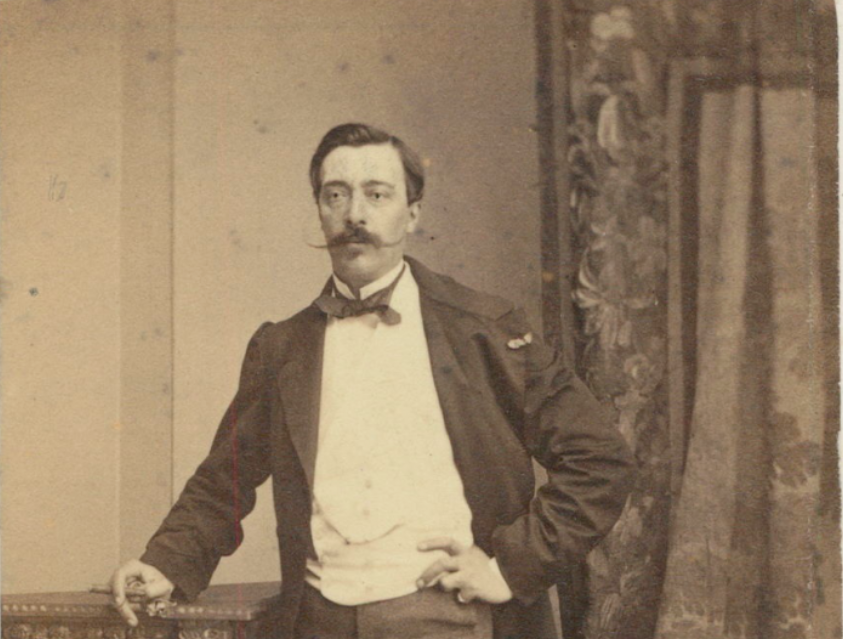

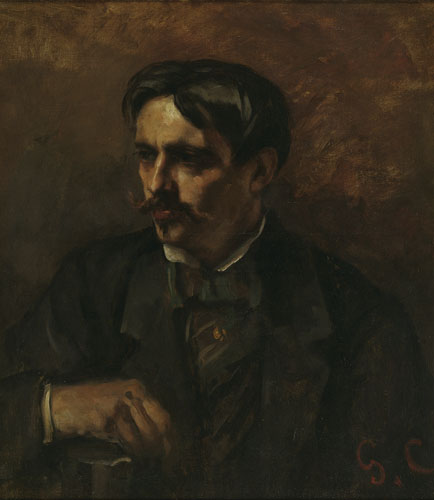
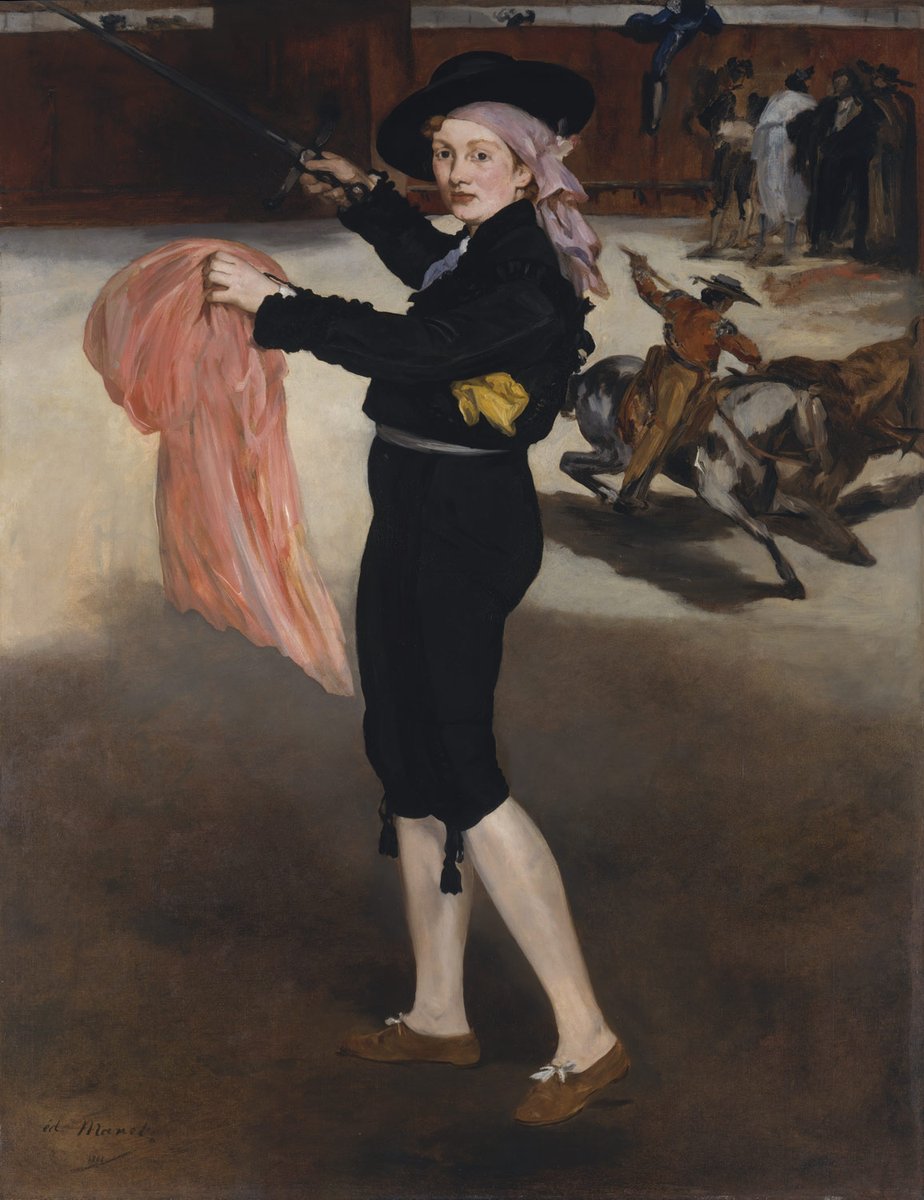
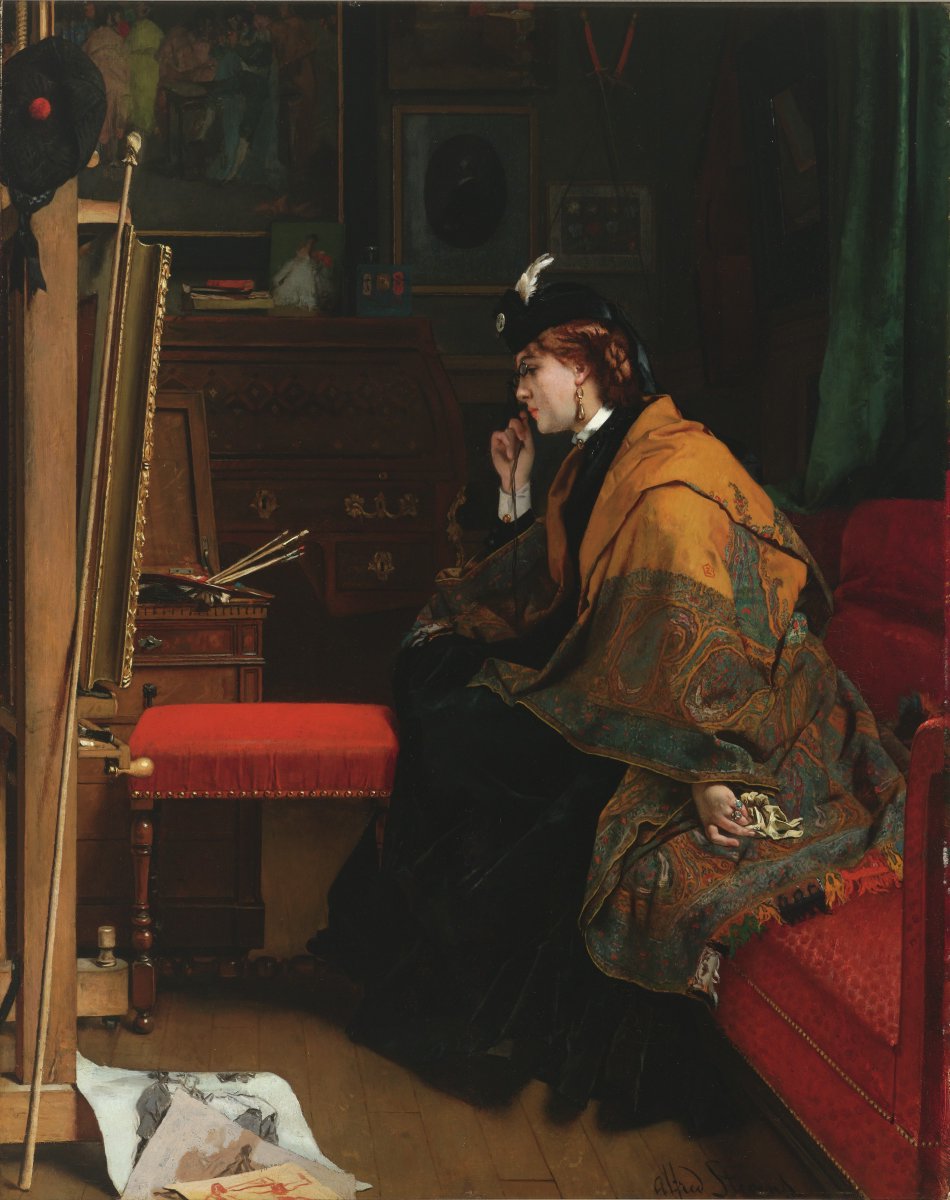
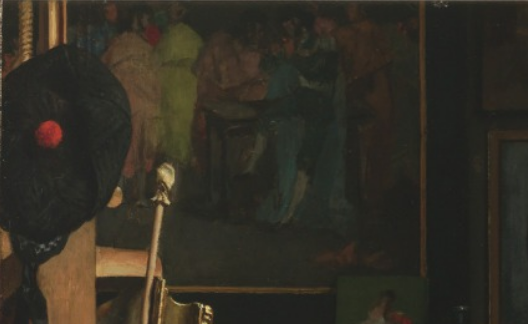
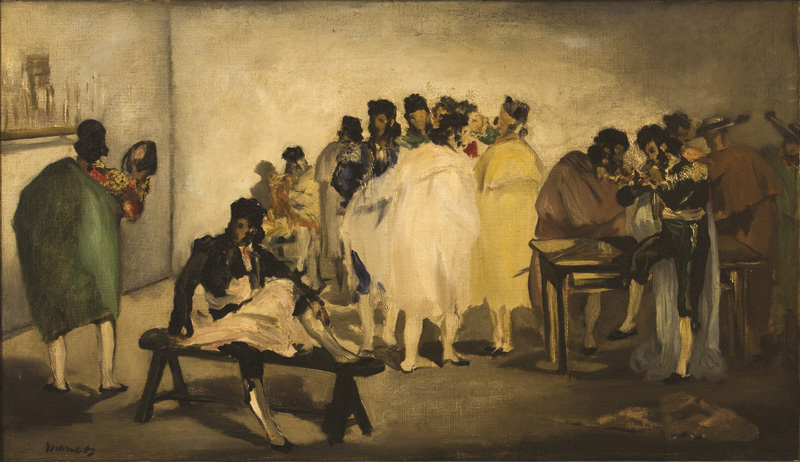
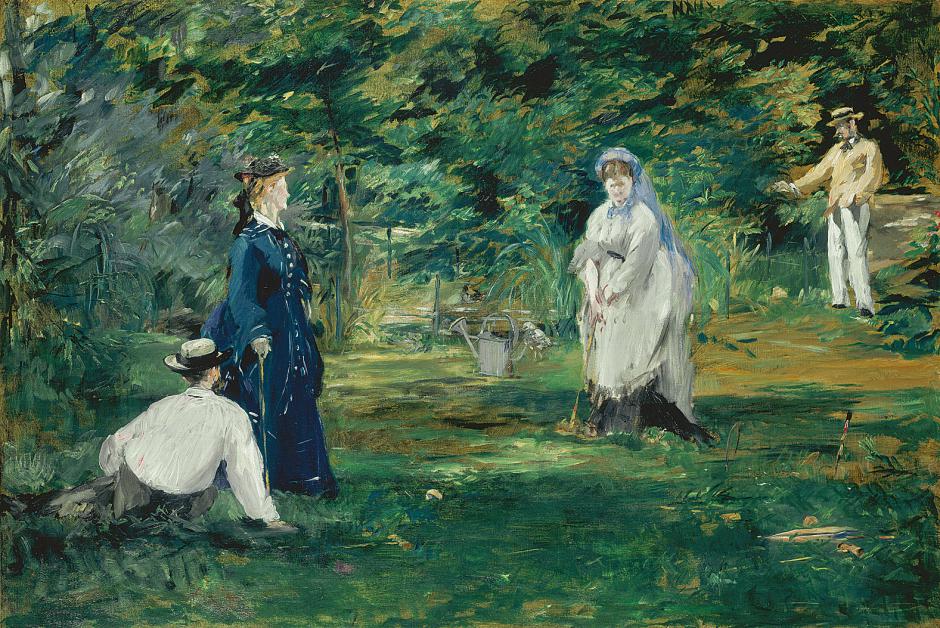




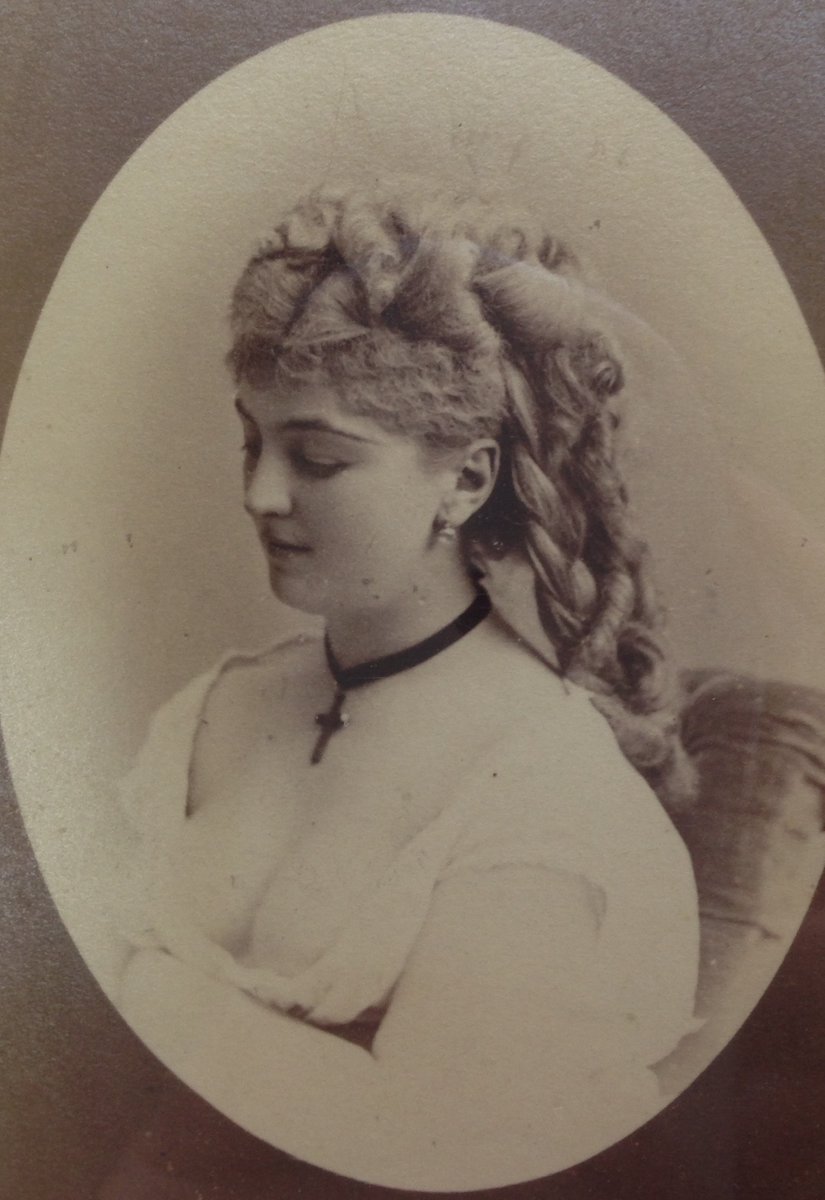 .)" title="Manet and Mallarmé had something pretty interesting in common—the courtesan Méry Laurent. Manet painted her, and may have had an affair with her, although it was Mallarmé who stayed with her the longest, into their old age (maybe she liked that big mustache, who knows https://abs.twimg.com/emoji/v2/... draggable="false" alt="😉" title="Zwinkerndes Gesicht" aria-label="Emoji: Zwinkerndes Gesicht">.)">
.)" title="Manet and Mallarmé had something pretty interesting in common—the courtesan Méry Laurent. Manet painted her, and may have had an affair with her, although it was Mallarmé who stayed with her the longest, into their old age (maybe she liked that big mustache, who knows https://abs.twimg.com/emoji/v2/... draggable="false" alt="😉" title="Zwinkerndes Gesicht" aria-label="Emoji: Zwinkerndes Gesicht">.)">
 .)" title="Manet and Mallarmé had something pretty interesting in common—the courtesan Méry Laurent. Manet painted her, and may have had an affair with her, although it was Mallarmé who stayed with her the longest, into their old age (maybe she liked that big mustache, who knows https://abs.twimg.com/emoji/v2/... draggable="false" alt="😉" title="Zwinkerndes Gesicht" aria-label="Emoji: Zwinkerndes Gesicht">.)">
.)" title="Manet and Mallarmé had something pretty interesting in common—the courtesan Méry Laurent. Manet painted her, and may have had an affair with her, although it was Mallarmé who stayed with her the longest, into their old age (maybe she liked that big mustache, who knows https://abs.twimg.com/emoji/v2/... draggable="false" alt="😉" title="Zwinkerndes Gesicht" aria-label="Emoji: Zwinkerndes Gesicht">.)">
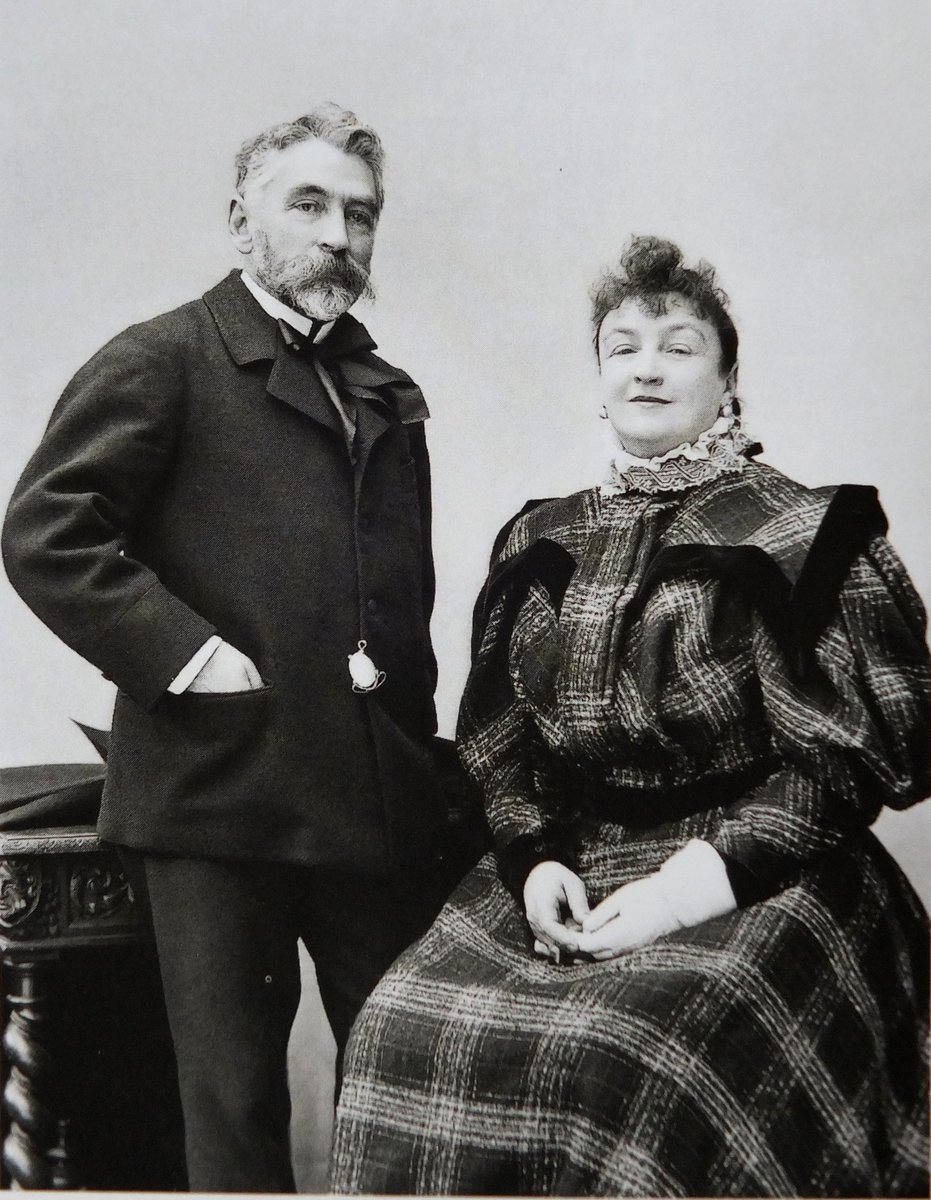 .)" title="Manet and Mallarmé had something pretty interesting in common—the courtesan Méry Laurent. Manet painted her, and may have had an affair with her, although it was Mallarmé who stayed with her the longest, into their old age (maybe she liked that big mustache, who knows https://abs.twimg.com/emoji/v2/... draggable="false" alt="😉" title="Zwinkerndes Gesicht" aria-label="Emoji: Zwinkerndes Gesicht">.)">
.)" title="Manet and Mallarmé had something pretty interesting in common—the courtesan Méry Laurent. Manet painted her, and may have had an affair with her, although it was Mallarmé who stayed with her the longest, into their old age (maybe she liked that big mustache, who knows https://abs.twimg.com/emoji/v2/... draggable="false" alt="😉" title="Zwinkerndes Gesicht" aria-label="Emoji: Zwinkerndes Gesicht">.)">
